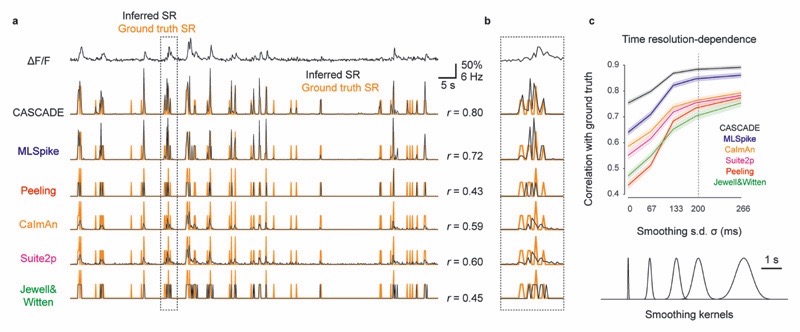Extended Data Fig. 9. Performance dependence on temporal precision of predictions.
All algorithms were optimized via the mean squared error to infer spike rates at a specific temporal precision defined by the smoothing of the ground truth (default: Gaussian smoothing with kernel of σ = 200 ms). For all model-based algorithms, the inferred spike traces were shifted in time to optimize the mean squared error. a, Predictions from an example ΔF/F trace (top; dataset #09). Ground truth spike rates are shown in orange, inferred spike rates as black overlay. Correlation values are indicated at the right. The scale bars for ΔF/F and time are the same as in Fig. 4a. b, Highlighted excerpt from (a). Due to the high temporal precisions of the inferred spike rates, small time shifts lead to low performance (clearly visible for the Peeling algorithm in this example). The CaImAn and Suite2p algorithms deconvolve less aggressively, therefore making less dramatic errors. CASCADE and MLSpike perform best for this example neuron, with CASCADE detecting more events than MLSpike. c, Overall performance (correlation) change with temporal precision of predictions (smoothing kernels shown below) on a subset of datasets (datasets #4, #6, #9, #11-14 and #18). As expected, correlation with ground truth decreased with higher temporal resolution of the desired temporal resolution. This decrease was especially prominent for algorithms that, by design, aim at the inference of precise (discrete) spike rates (Peeling, Jewell&Witten). The decrease was less pronounced for CASCADE compared to e.g. MLSpike. Shaded corridors indicate SEM across n=8 datasets. All recordings resampled at a noise level of 2 with a frame rate of 7.5 Hz.

